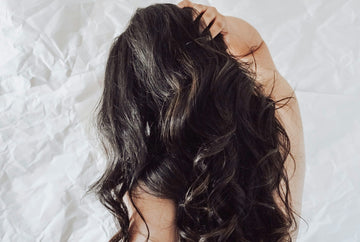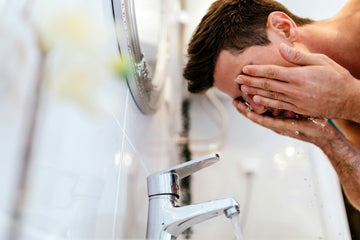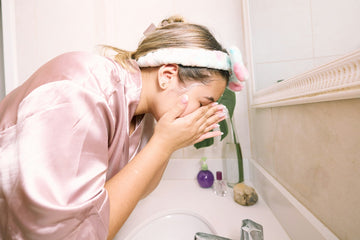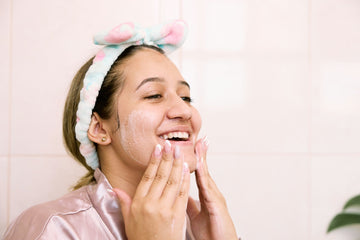Understanding the ingredients in your hair care products is essential for maintaining healthy, vibrant hair. Hair conditioners play a crucial role in hair care routines by minimizing friction and frizz, especially for chemically treated or curly hair types.
In this article, we will spotlight several key ingredients that are commonly found in hair care products and discuss how they benefit different hair types and needs.
Whether you’re looking to combat dryness, add shine, or strengthen your hair, knowing which ingredients to use can make a significant difference.
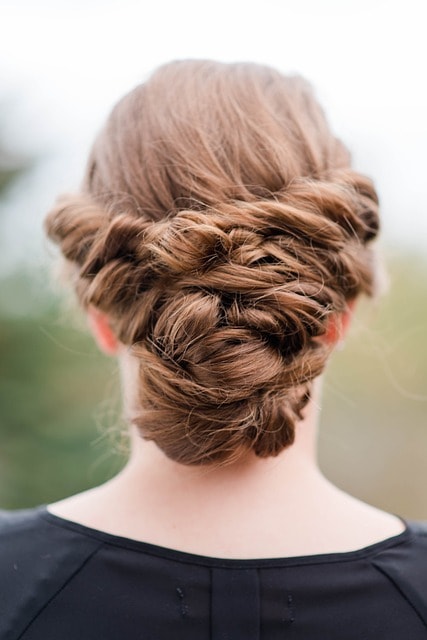
Understanding Hair Structure
To truly appreciate how hair care products work, it’s important to understand the structure of your hair. Hair follicles are the tiny, tube-like structures embedded in your scalp where hair growth begins. Each follicle is surrounded by a cluster of cells that provide essential nourishment and support to the growing hair.
The hair growth cycle consists of three phases: anagen, catagen, and telogen. The anagen phase is the active growth phase, where hair grows rapidly. This is followed by the catagen phase, a short transitional period, and finally, the telogen phase, where the hair rests and eventually falls out.
The hair shaft, which is the visible part of the hair, is composed of a protein called keratin and consists of three layers: the medulla, cortex, and cuticle. The medulla is the innermost layer, the cortex is the middle layer, and the cuticle is the outermost layer.
The cuticle is particularly important as it protects the inner layers and is responsible for the hair’s shine and texture. Keeping the cuticle healthy is crucial for maintaining overall hair health.
Hair Follicles and Hair Growth
Hair follicles are the powerhouses of hair growth. Each follicle is a mini-organ that goes through a continuous cycle of growth, rest, and shedding. The anagen phase, which can last several years, is when hair grows actively.
This is followed by the catagen phase, a brief period where growth stops, and the telogen phase, where the hair rests before eventually falling out. Understanding this cycle can help you better manage hair loss and promote healthy hair growth.
The hair shaft, made of keratin, is what we see and style. It has three layers: the medulla at the core, the cortex which provides strength and color, and the cuticle, a protective outer layer. The cuticle’s health is vital for maintaining the hair’s shine and texture, making it less prone to damage.

Hair Types and Needs
Different hair types have unique characteristics and challenges, and understanding these can help you choose the right products and care routines.
Fine Hair Characteristics and Challenges
Fine hair, with its smaller diameter and lower density, often faces issues like dryness, brittleness, and breakage. This hair type can also lack volume, making it appear limp and lifeless. To care for fine hair, opt for gentle, sulfate-free shampoos and conditioners that nourish without weighing it down.
Lightweight, oil-free styling products can add volume and texture, giving fine hair a fuller, more vibrant look.
Cleansing Agents in Hair Care Products
Cleansing agents are the backbone of shampoos, removing dirt, oil, and buildup from your scalp and hair. Two common types of cleansing agents are sulfates and surfactants. Sulfates like sodium lauryl sulfate (SLS) and sodium laureth sulfate (SLES) create that bubbly lather many people enjoy. However, they can strip your hair of natural oils, leaving it dry.
For those with sensitive or dry hair, sulfate-free alternatives made from natural sources like coconut oil offer a gentler cleanse, helping to maintain the moisture balance of your hair while still effectively removing impurities.
Choosing the Right Shampoo
Understanding the role of cleansing agents will help you choose a shampoo that matches your hair's specific needs, whether you opt for traditional sulfates or sulfate-free options. This is crucial for keeping your scalp and hair clean without causing damage.

Conditioning Agents for Smooth and Shiny Hair
Hair conditioners are vital for improving your hair’s appearance and texture. Conditioning agents, including ingredients like silicones, natural oils, and proteins, work to moisturize and detangle hair.
Silicones, for instance, form a protective layer around each strand, giving it a sleek and shiny finish. Meanwhile, natural oils like argan and coconut oil penetrate the hair shaft to nourish and reduce frizz.
Best Conditioners for Your Hair Type
For thick, unruly hair, silicones are a great choice. However, if you have fine hair, lightweight natural oils will provide moisture without weighing your hair down. By selecting the right conditioning agents, you can ensure that your hair stays soft, smooth, and manageable.
Hair conditioners often contain ingredients like proteins, vitamins, and essential oils, which help in maintaining healthy hair by reducing frizz, adding shine, and improving overall hair texture.

Humectants and Moisturizers for Hydrated Hair
Achieving luscious, hydrated hair depends on using the right humectants and moisturizers. Humectants like glycerin and hyaluronic acid attract moisture from the environment, keeping hair plump and hydrated. Moisturizers such as shea butter and coconut oil work by sealing in this moisture, preventing dryness.
Hydration Tips for Your Hair Care Routine
To maximize hydration, apply a humectant-based product to damp hair to draw in moisture, then follow with a rich moisturizer to lock it in. This combination will ensure your hair stays soft and healthy, even in dry conditions.
Proteins and Keratin for Strengthening the Hair Shaft
Proteins and keratin are key ingredients that repair and strengthen hair. Ingredients like hydrolyzed wheat protein and keratin amino acids penetrate the hair shaft to fortify damaged strands. These proteins help fill in gaps along the hair cuticle, restoring strength and elasticity.
Protein-Rich Treatments for Damaged Hair
Incorporating protein-rich treatments into your routine can leave your hair stronger and more resilient to daily wear and tear. This is particularly beneficial for chemically treated or damaged hair.
Antioxidants and Vitamins for Hair Growth
Antioxidants and vitamins are essential for protecting hair from environmental damage and promoting overall hair health. Vitamin E and green tea extract, for example, neutralize free radicals that can damage hair, while vitamin B5 and biotin promote hair growth and strength.
Adding Antioxidants and Vitamins to Your Hair Care Routine
When choosing hair care products, look for those enriched with antioxidants and vitamins to protect your hair and enhance its natural vitality. Regular use of these ingredients can result in thicker, shinier, and healthier hair.
Herbal Extracts and Botanicals for Natural Hair Care
Herbal extracts and botanicals offer a natural approach to hair care. Aloe vera soothes and moisturizes, chamomile provides gentle conditioning, and rosemary stimulates hair growth. These ingredients provide a holistic way to address scalp irritation, hair loss, and overall hair health.
Benefits of Using Botanical Ingredients
Incorporating hair care products with herbal extracts into your routine can promote healthy hair growth while offering therapeutic benefits. Whether you're seeking to soothe your scalp or boost hair shine, botanical ingredients are a fantastic choice.
Fragrances and Preservatives in Hair Care Products
Fragrances and preservatives enhance both the appeal and longevity of hair care products. Fragrances, often derived from essential oils or synthetic compounds, offer a pleasant sensory experience.
Meanwhile, preservatives like parabens and phenoxyethanol ensure the product remains safe to use by preventing bacterial growth.
Balancing Fragrance and Safety
While fragrances can improve the experience of using hair care products, it's essential to choose products with safe preservatives that protect the formula without causing irritation.
Hair Health and Scalp Care
Maintaining healthy hair goes beyond just using the right products; it involves understanding the factors that affect hair health and taking care of your scalp.
Factors Affecting Hair Health
Hair health is influenced by a mix of genetic, hormonal, and environmental factors. Genetics determine your hair’s texture, thickness, and growth rate, while hormonal imbalances, especially an excess of dihydrotestosterone (DHT), can lead to hair loss and thinning.
Environmental factors like heat styling, harsh chemicals, and UV radiation can damage both hair and scalp, causing dryness, brittleness, and breakage. A diet rich in vitamins and minerals, particularly biotin, vitamin E, and omega-3 fatty acids, is essential for promoting healthy hair growth.
Scalp care is equally important. A healthy scalp is free of dead skin cells, oil, and debris that can clog hair follicles and impede hair growth. Regular exfoliation and cleansing can help maintain a healthy scalp environment. Alpha hydroxy acid (AHA) and beta hydroxy acid (BHA) are effective exfoliants; AHA removes dead skin cells, while BHA penetrates the hair follicle to clear excess oil and debris.
Fatty acids, especially omega-3 and omega-6, nourish and moisturize the hair and scalp, promoting healthy hair growth and reducing dryness and brittleness. Hair cosmetics like conditioners and masks can further nourish and moisturize, while amino acids, particularly keratin amino acids, help repair and restore damaged hair.
Hair growth is a complex process influenced by genetics, hormones, and environment. A healthy lifestyle, including a balanced diet, regular exercise, and stress management, supports healthy hair growth. However, be cautious with hair relaxers and straightening treatments, as they can damage hair and scalp, leading to dryness and brittleness.
Straight hair, often lacking natural oils and moisture, can become dry and brittle. Gentle, sulfate-free shampoos and conditioners that nourish without weighing down are ideal. Frizzy hair, characterized by a lack of moisture and rough texture, also benefits from gentle, moisturizing products.
Hair loss can result from genetic, hormonal, and environmental factors. A healthy lifestyle can help mitigate this, promoting healthy hair growth. Regular scalp exfoliation removes dead skin cells, preventing clogged follicles and supporting hair growth.
Human hair, made of keratin, consists of three layers: the medulla, cortex, and cuticle. The cuticle, the outermost layer, is crucial for hair’s shine and texture and is most prone to damage. Understanding the structure and needs of your hair can help you choose the right products and care routines for healthy, beautiful hair.
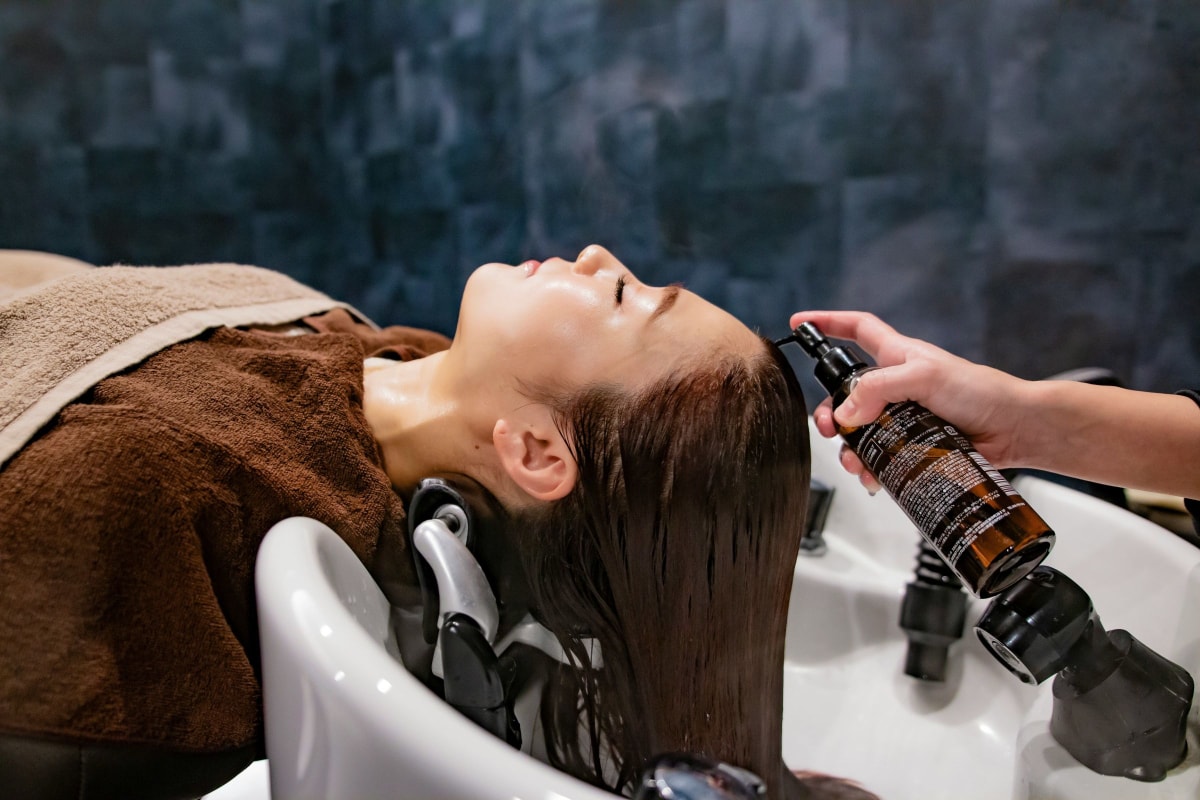
Ingredient Awareness and Smart Product Selection
Being aware of the ingredients in your hair care products allows you to make informed choices tailored to your specific needs. Avoiding harsh additives like sulfates and parabens can prevent dryness and irritation. Instead, look for nourishing ingredients such as argan oil for hydration, biotin for strength, and keratin for repair.
How to Choose the Best Hair Care Products
By paying close attention to ingredient labels and selecting products that address your unique hair concerns, you can achieve healthier, more resilient hair.
Understanding Key Ingredients in Hair Care Products Conclusion
In conclusion, understanding the key ingredients in hair care products—such as cleansing agents, conditioning agents, and proteins—empowers you to make smarter choices for your hair's health.
By selecting products that align with your hair's needs, you can boost hydration, strengthen strands, and protect your hair from damage.
Explore different ingredients and tailor your routine to your hair type for optimal results.


